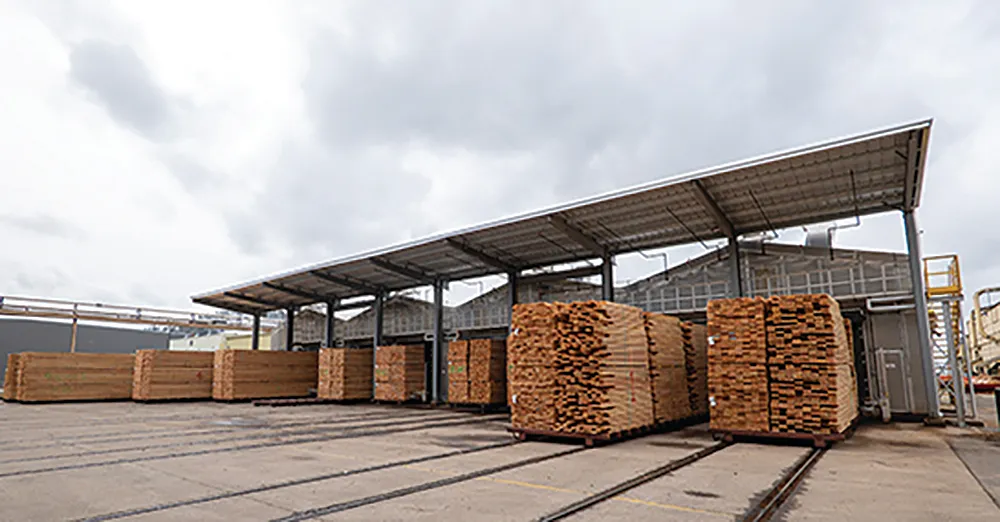Table of Contents
There are a lot of uninteresting and uninspired sales calls. Examples:
Quotron: “Hello, Bob, I’ve got a load of 2×4 16’s I can get into you for $800/MBF. Whaddya think?”
Quotron: “Hello, Susan, I can get a load of 2×6 12’s into you at $700/MBF….” Then silently waiting for a response.
Quotron: “Good morning, John. Are you low on anything right now?”
Quotron: “Good morning, Sarah. I’ve got a load of studs looking for a home. Can you give me a firm?”
These “sellers” push the “Kick Me” button. And they do get kicked around and treated badly. They invite and deserve bad treatment because they are wasting the customer’s time and bringing little value. In addition, and in some ways more importantly, these calls are plain boring. Customers do not want to be bored.
Storytelling & Listening in Our DNA
Humans have been around for 1.4 to 4 million years depending on who you talk to. The written word has been around for about 5,500 years, the Guttenberg press was invented in 1440 and even in the 1950s in America only 53% of the population was literate. Radio transmission for the masses began in the 1920s and exploded after WWII. The TV became widespread in the late ’40s and early ’50s.
All to say we’ve been telling and listening to stories long before storytelling became a product that is fed to us.
Stories Engage
When our customers are engaged we are not guaranteed a sale, but we are guaranteed a solid listen to and consideration. A lot of sellers don’t get either. Telling a story is interesting. It leads customers and is what the Master Seller does. Customers want to deal with an expert who takes them to the good deals in an interesting and exciting way. That’s what storytelling does.
Similar Story Close
The “similar story” close is a classic. We take a sale or situation that’s already happened that applies to our customer’s needs and use it to tell a story about how a similar product or proposal will help our customer also. Our customers want and deserve proof. What’s the first thing we do before we purchase something online? We read the reviews. Our customers want the same thing. We use the “similar story” close to give them the proof they seek.
Master Seller: “Good morning, Maria. We just bought a block of 2×4 Euro from a mill you love. We picked up 10 truckloads and five of them were picked off right away by a national account who buys direct from everyone on the planet, so I know these are a good deal. How many do you want to put on?”
The beauty of this close is it doesn’t have to be our story. If someone on our team sells a good deal, we say, “We just moved five of these.” We are part of our team so we can say this truthfully. (Note: It’s called “similar story” not “similar lie.” We use true stories. Lying is bad sales karma.)
Last Time
If our customer missed a deal in the last sales cycle, we could bring it up again on objections.
Customer: “I think I’m going to hold off for now.”
Master Seller: “Sure. We can hold off. No pressure. I just want to remind you, Tom, that six weeks ago we held off and it cost us $150/MBF when the market moved. I assure you the market is moving up. Let’s at least put on two loads for insurance.”
Research
Master Sellers use historical data to tell a story that makes sense and brings value to the customer.
Master Seller: “Pete, I’ve got a great deal on five loads of 2×8 #2. The market is sloppy on some items but 2×8 has found a level. How many can you use?”
Customer: “I’m going to hold off for now.”
Master Seller: “Okay. But think about this. Six weeks ago, we were paying twice this number, so the market has really come back to us and bottomed out, so why don’t we pick up a couple?”
Customer: “Wow. That is a big move. Let’s do one.”
Similar story sells.









